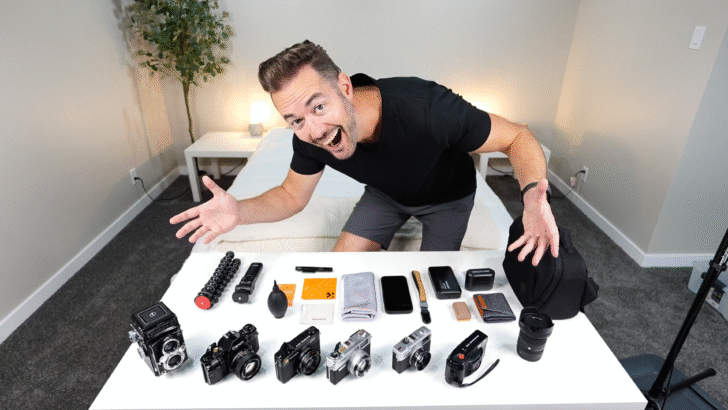So many of you have asked what gear we use to shoot our YouTube videos and photos.
From cameras to accessories to film photography, this post breaks down everything we carry when traveling — what’s essential, what’s nice-to-have, and tips to help you get better photos without buying unnecessary gear.
This post contains affiliate links, meaning if you click through and make a purchase I may make a small commission. I only share information about things I know, love and trust!
Start Here: The Best Camera is the One You Have
You don’t need to buy another camera to take great photos. Chances are, you already have one in your pocket.
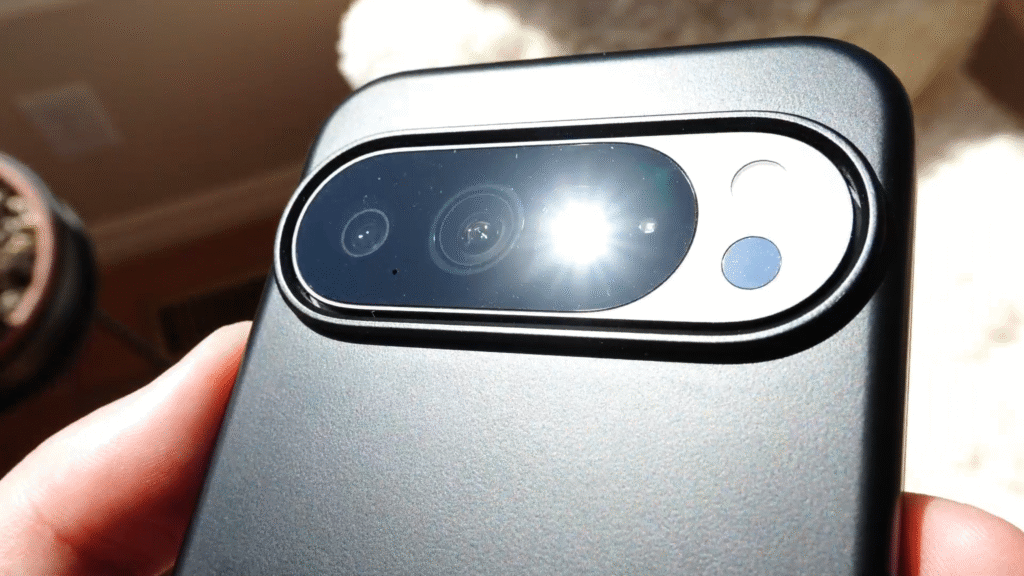
📱 Your phone is your best starting point.
Modern smartphones use computational photography that’s powerful enough to rival expensive cameras in many situations.
Tips for better phone photography:
- Don’t pinch-to-zoom. Stick to your phone’s built-in lenses (0.5x, 1x, 2x, etc.). Pinch zoom just crops and lowers quality.
- Shoot wider than you think. You can always crop later, but you can’t add background back in.
- Frame with context. If you’re shooting people, include the scenery behind them so it’s clear where the photo was taken.
Cloud storage (Google Photos, iCloud, etc.) makes phones even better for travel — your shots are backed up instantly.
Our Main Travel Camera Setup
When we need more flexibility than a phone can offer, here’s what we use:
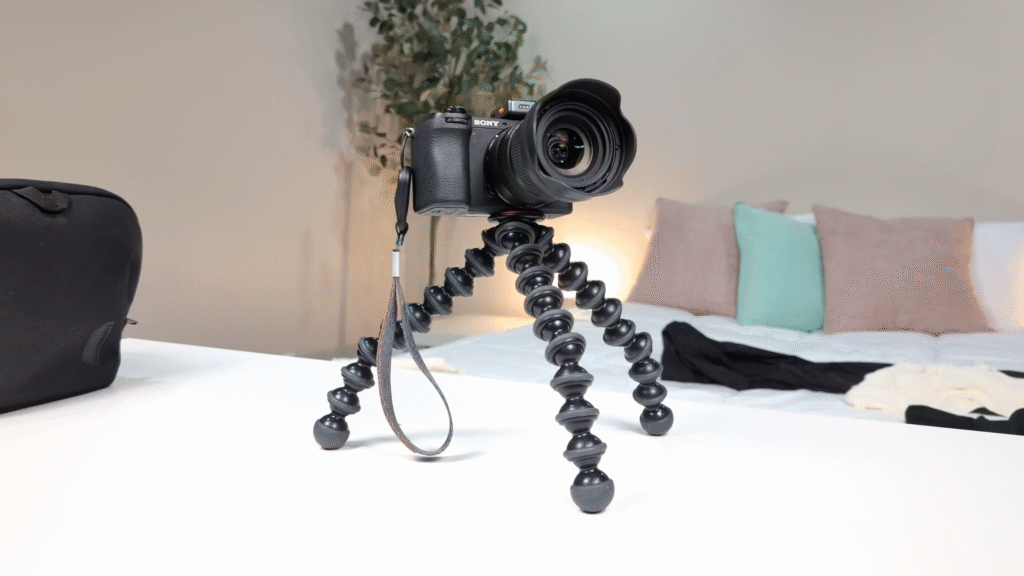
📷 Sony A6700 (APS-C mirrorless)
- Why we love it: Interchangeable lenses + 4K/60fps video at an affordable price.
- Compact & travel-friendly: APS-C keeps size and weight down without sacrificing much image quality.
Lenses we use most:
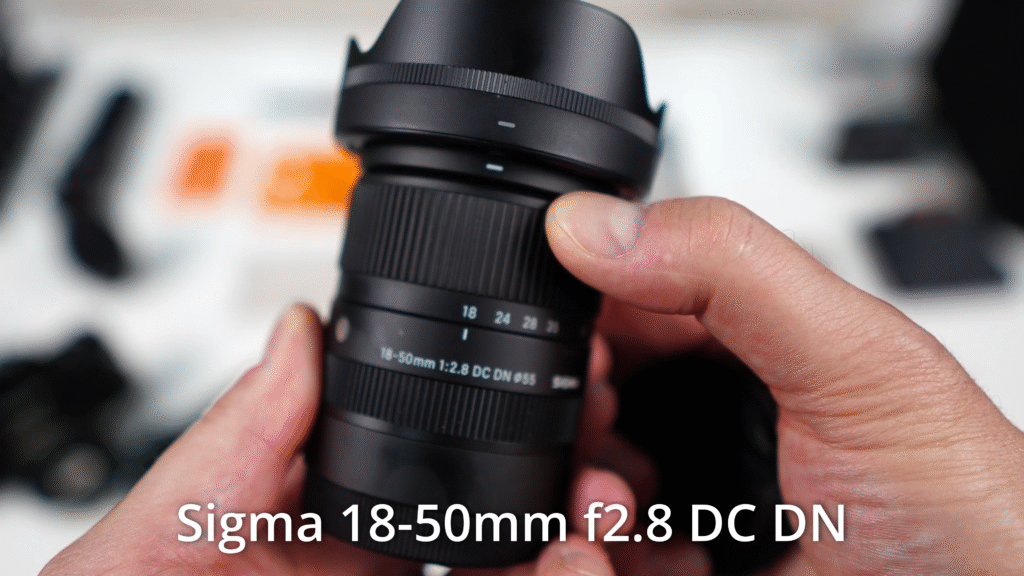
- Sony 11mm f/1.8 → Wide-angle, perfect for vlogging/travel shots.
- Sigma 16mm f/1.4 → Our go-to for sit-down studio work.
- Sigma 18–50mm f/2.8 → Best all-around travel zoom (small, sharp, versatile).
💡 If you don’t need 4K/60fps video, there are plenty of cheaper options like the Sony ZV-E10 II and ZV-1 II or the Nikon ZFC — even high quality compact point-and-shoots like the Sony RX100 or Fuji X100 series. Or even this fun Kodak Point & Shoot for some creative hard flash.
Must-Have Accessories
A good camera body is just the start. Here are the accessories that make shooting easier and safer:
- Wrist strap (Peak Design): Quick clip-on/off system, secure when shooting on the go.
- Extra batteries: We use both a dual-battery charging case and USB-C rechargeable batteries for travel convenience.
- SD cards: Stick to reliable brands. V30 cards is fine for most, V60 cards if you want slow-mo video.
- Lens protection: Always use lens hoods (they double as bumpers!) and protective filters.
- Cleaning kit: Blower → lens brush → microfiber cloth. (In that order!)
- Camera bag: BagSmart DSLR Sling (compact, organized, travel-ready).
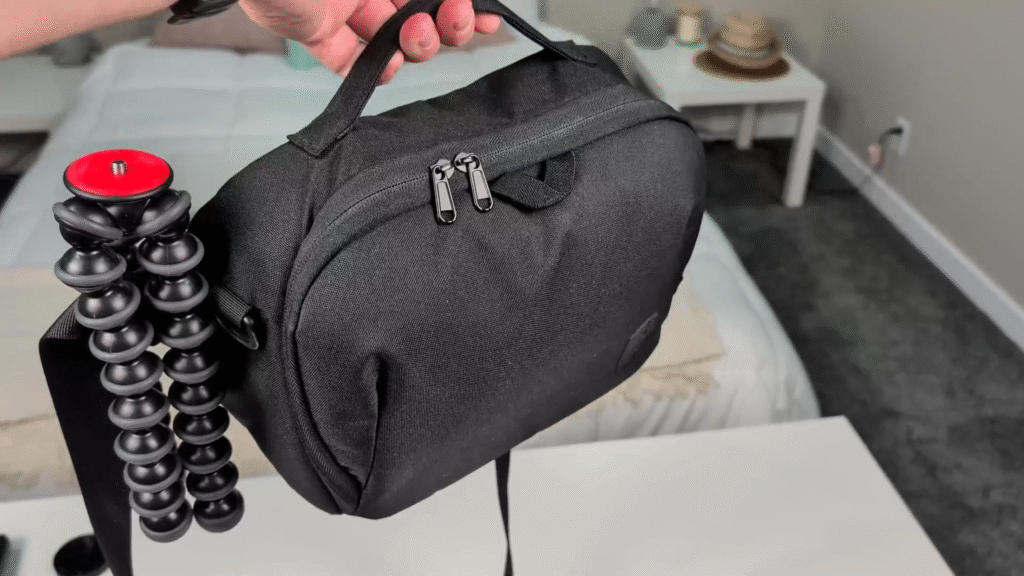
Tripods & Mounts
We don’t travel with a full-size tripod, but we do carry:
- Sony Bluetooth Grip/Tripod: Works as a handheld grip, tripod, and remote.
- GorillaPod: Flexible, lightweight, doubles as a selfie stick, mounts anywhere.
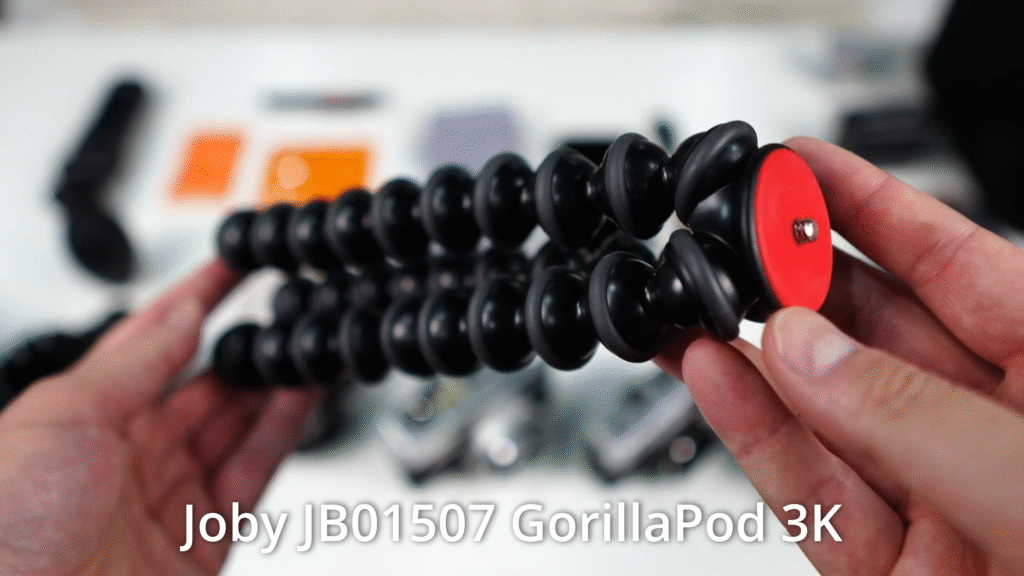
Why We’re Back Into Film
Digital is amazing, but film brings something unique.
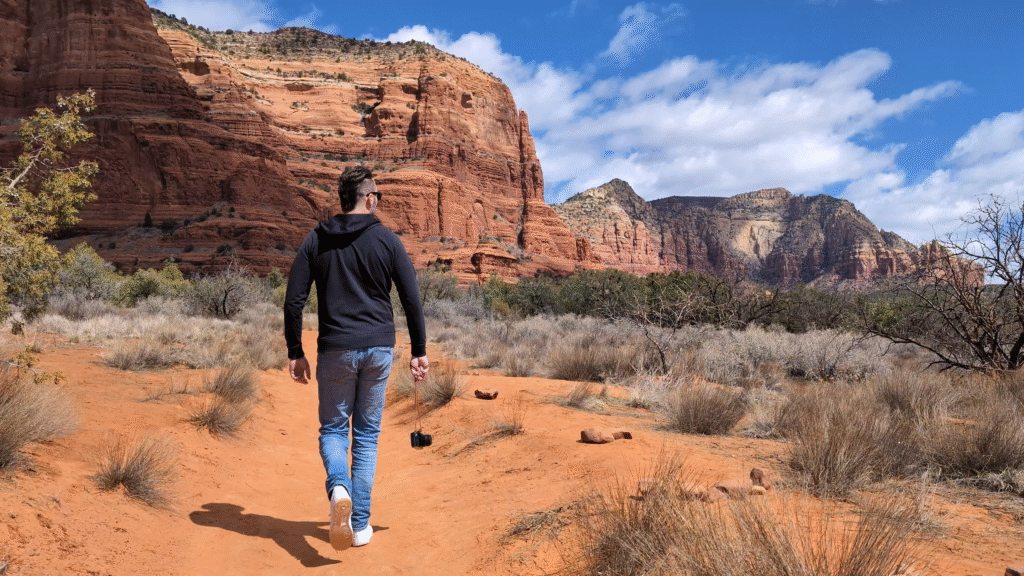
🎞️ Why film?
- Imperfections (grain, flare, color shifts) = timeless character that feels “real”.
- Forces you to slow down and think about composition.
- Zero post-editing — what you shoot is what you get.
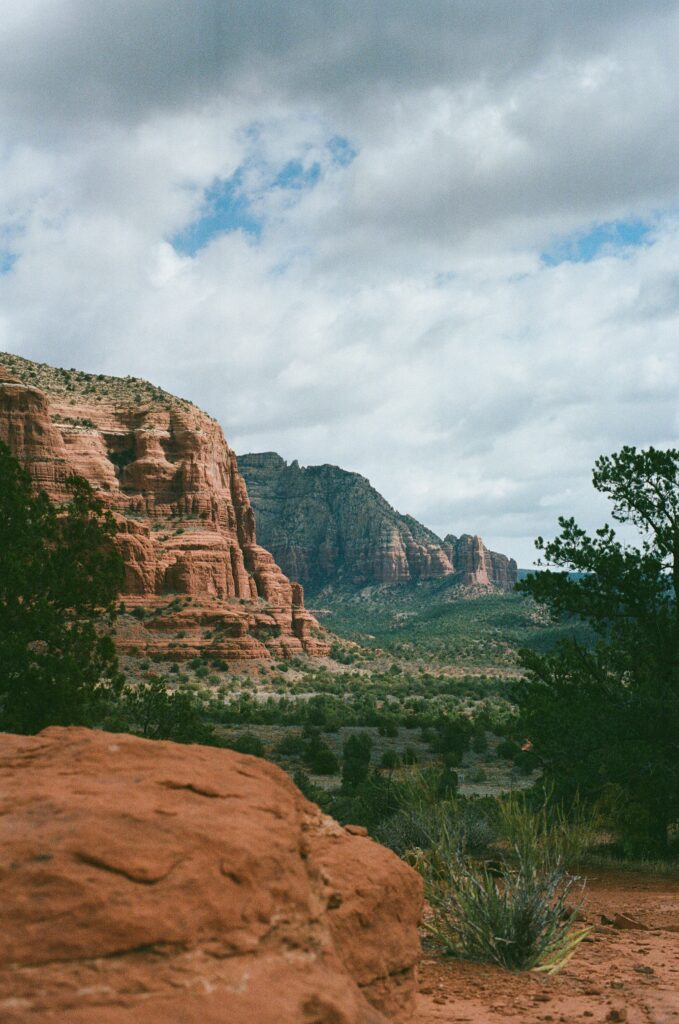
Favorite film stocks right now:
- Fuji 200 → Affordable, warm, grainy “classic film look.”
- Kodak Portra 400 → Sharper, vibrant colors, great all-around film stock.
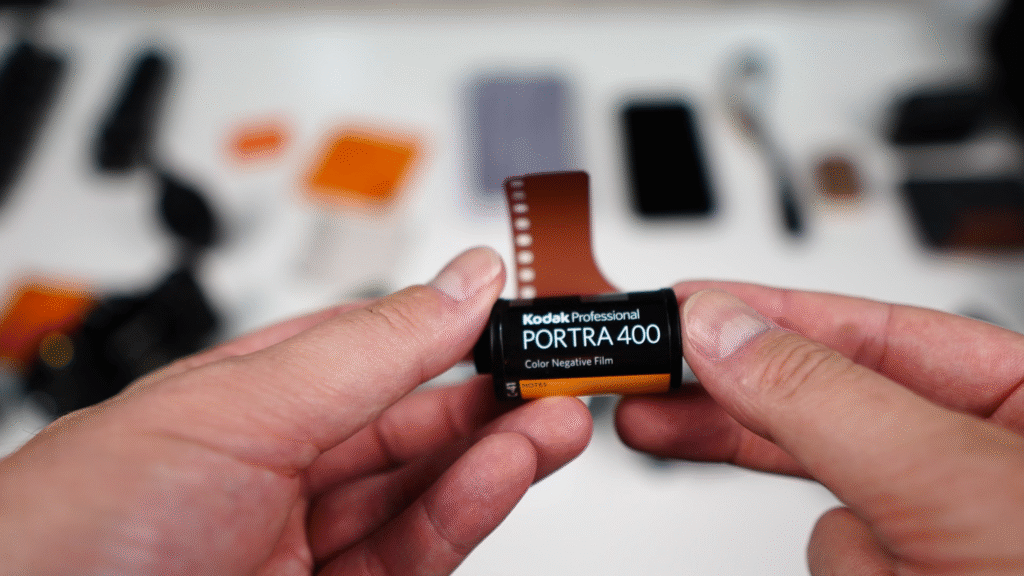
Favorite film cameras in rotation:
- Olympus 35RC → Tiny, reliable, mechanical, perfect travel companion.
- Canon A1 → Versatile, great light meter, full manual/auto options.
- Canon Sureshot Supreme → Fun, easy point-and-shoot.
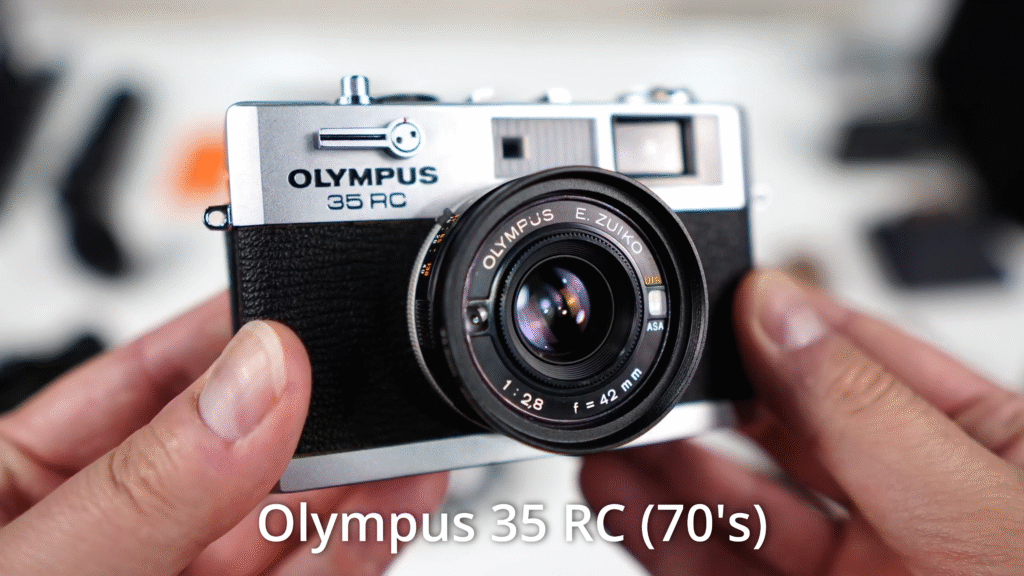
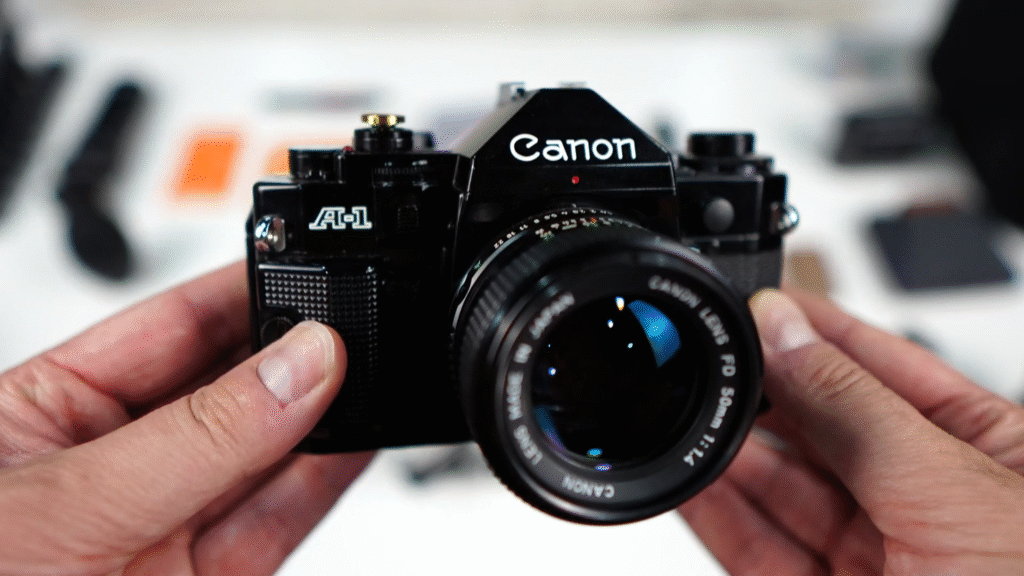
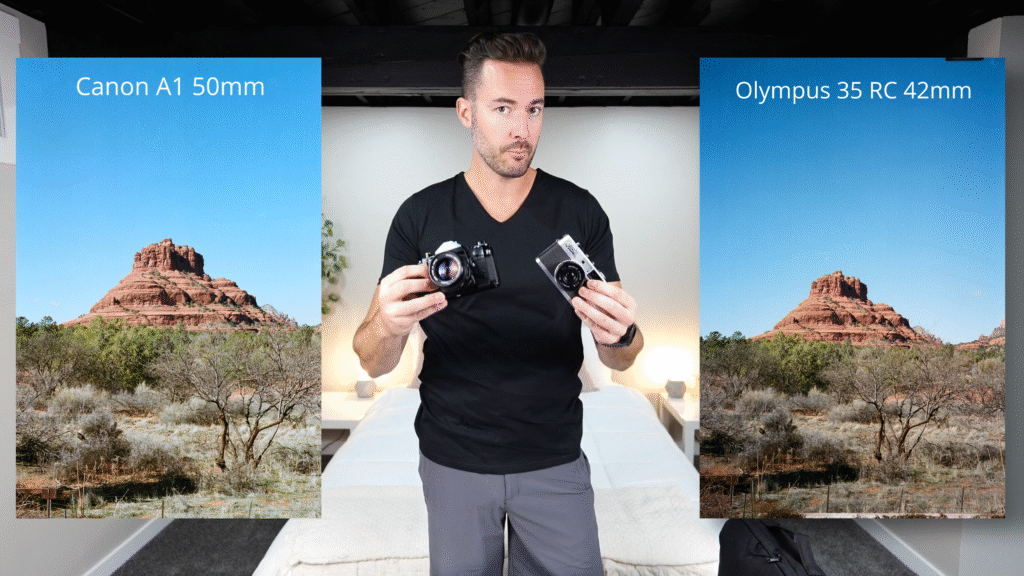
👉 Pro tip: Film is more forgiving than digital. Overexpose slightly (film loves light!) and use the Sunny 16 rule or a free light meter app to nail your exposures.
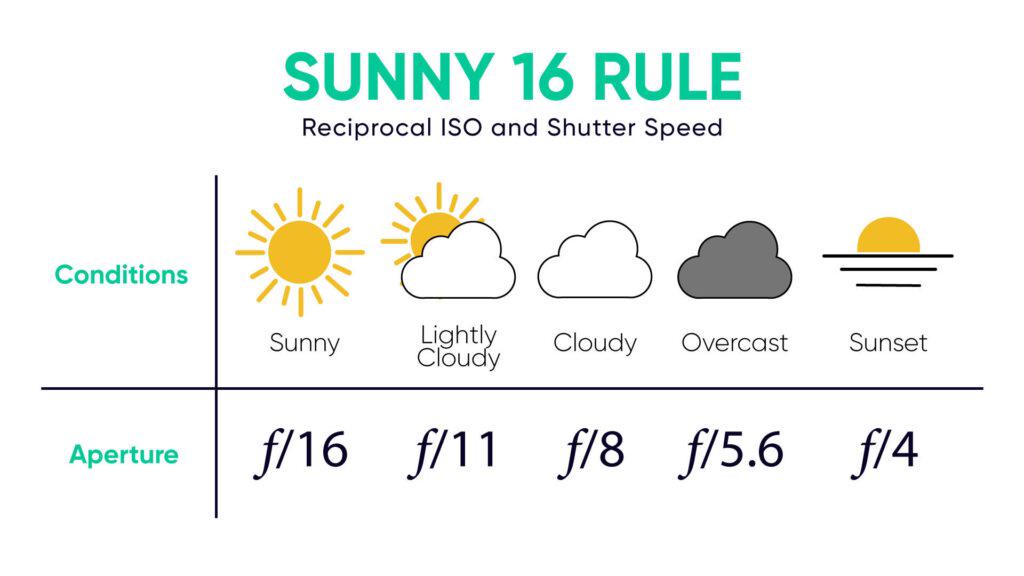
🌞 What Is the Sunny 16 Rule?
The Sunny 16 Rule is a classic photography guideline for estimating proper exposure without a light meter. It’s especially useful for shooting outdoors in bright daylight.
The core rule:
On a sunny day, set your aperture to f/16, and your shutter speed = 1 / ISO.
- Example: ISO 100 → shutter speed 1/100 sec (or nearest, 1/125).
- Example: ISO 200 → shutter speed 1/200 sec (or nearest, 1/250).
This gives you a “base exposure” to start from.
📸 Variations for Different Light Conditions
The aperture changes depending on how bright the conditions are:
| Lighting Condition | Suggested Aperture | Example (ISO 100, 1/100s) |
| Bright sun, harsh shadows | f/16 | Classic Sunny 16 |
| Slightly hazy / light clouds | f/11 | 1 stop wider |
| Overcast, distinct shadows gone | f/8 | 2 stops wider |
| Heavy overcast | f/5.6 | 3 stops wider |
| Open shade / sunset | f/4 | 4 stops wider |
🎯 Why It’s Useful
- Helps if your camera’s meter is unreliable or if you’re using manual film cameras.
- Builds intuition for light levels and exposure.
- Works as a quick sanity check — if your camera’s suggested settings are way off the Sunny 16 baseline, you know something’s wrong.
🔧 Quick Example in Practice
You’re outside on a bright sunny day with ISO 200 film:
- Sunny 16 rule → f/16 at 1/200 sec.
- Want a shallower depth of field? Open up to f/8 (2 stops wider) → then adjust shutter speed to 1/800 sec to compensate.
Final Thoughts
That’s our full travel photography setup — from smartphones to mirrorless cameras to vintage film.
Remember:
- You don’t need expensive gear to produce excellent results.
- The best camera is the one you’ll actually use.
- Protect and maintain your equipment — it’ll last forever.
If you have questions about gear or want to dive deeper into film vs. digital, drop a comment.
I could talk photography all day long.
Thanks for reading — see you on the next adventure!

